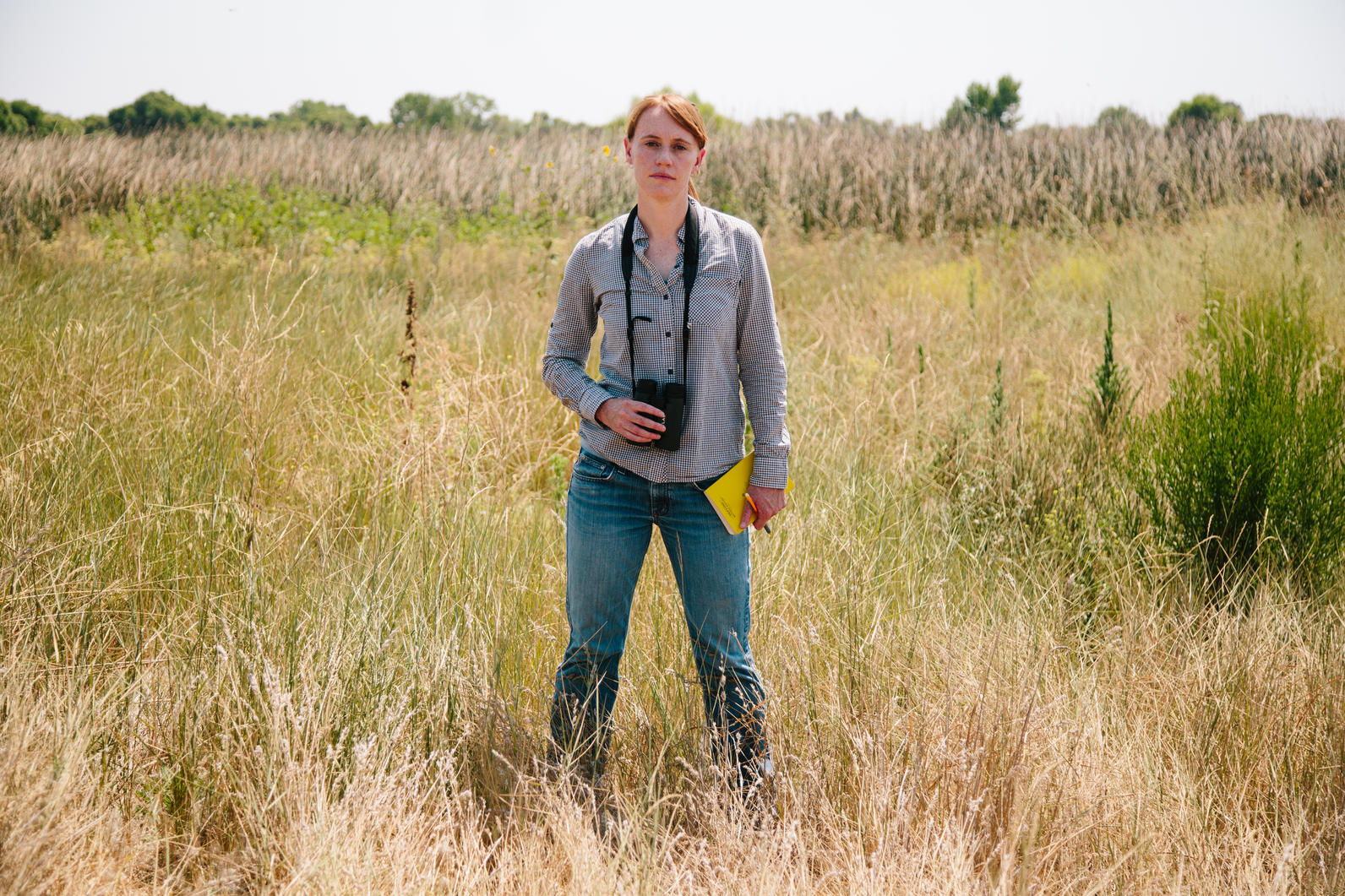Sandhill Crane
Latin: Antigone canadensis
A new model for conservation.
Sandhill Cranes Photo: Choktai Leangsuksun
California’s public lands play a vital role in the success and survival of millions of migratory birds. As birds make their perilous journeys across the Pacific Flyway, they need safe and reliable places to rest and eat. These protected lands provide access to food, water, and nesting habitat needed to sustain them along the way.
There are 34 National Wildlife Refuges in California that play a key role in supporting migratory birds. The Sonny Bono Salton Sea National Wildlife Refuge is one of the most important places for birds in North America, offering a rare spot for shorebirds to stop as they travel over large stretches of dry land.
Mono Lake and its surrounding ecosystem provide a diverse landscape, from marsh and meadow to sagebrush steppe and forest. It is ideal habitat for migrating birds, mule deer, and other big game species. In southern California, the Mojave Trails National Preserve and Joshua Tree National Park provide critical habitat for species such as the Burrowing Owl, Red-tailed Hawk, and Prairie Falcon.
So what do these regions have in common? They are all part of a network of large public lands corridors providing essential habitat along migratory flyways. When public lands are well-managed and kept healthy for migratory birds and other wildlife, they provide many benefits for people, such as clean air and water, economic opportunity, recreation, hunting, mental and physical health benefits. Plus, these intact lands buffer against the effects of climate change.
Right now, California is poised to be a national leader in public lands conservation, working at the intersection of climate change, energy production, land management, and wildlife conservation. Visit the StoryMap to see how.
Black-necked Stilt Photo: Logan Southall
Explore our new StoryMap, which identifies key migratory pathways and highlights the most important public lands in California for birds.
California is first in nation to commit to protecting 30% of our lands and waters by 2030.
By partnering with landowners, we can create lasting protections for birds.
Conservation ranching techniques create habitat and sequester carbon. Under a new bill, the state would pay ranchers to implement them.
Vital protections are needed for wetlands that depend on groundwater under the Sustainable Groundwater Management Act
Coalition of conservation and community groups says groundbreaking is positive step towards ending years of inaction at California’s largest lake.
Audubon science finds that two-thirds of North American birds are at risk of extinction from climate change.
Audubon California's Khara Strum ventures out to Sutter County to visit a rice farm that is flooding early to provide habitat for migratory birds. She uses the visit to talk about our work with the Natural Resources Conservation Service and the California Rice Commission to provide more habitat for these birds on farms.

Audubon's new story series "What's a Stake" takes a look at conservation programs threatened by federal budget cuts and environmental policy rollbacks. The series highlights Audubon California's Conservation Program Director, Samantha Arthur, and her work with dairy farmers to protect Tricolored Blackbird colonies, which is funded by a federal program proposed for elimination.
Check out this great story here.
Learn more about our Working Lands Program and efforts to protect theTricolored Blackbird here.
Audubon President David Yarnold writes today in the Los Angeles Times about how short-sighted management of water in the arid West is putting birds -- and people -- at risk. Speaking about the shrinking saline lakes -- such as the Salton Sea and the Great Salt Lake -- he notes that birds are incredibly reliant on these ecosystems that have been increasingly destabilized by diversions.
"Because water birds in the West depend on the region’s entire network of salt lakes, these declines could be catastrophic for the global populations of some species. For instance, 99% of the North American population of eared grebes — small waterfowl distinguished by bright red eyes that are framed by sassy tufts of golden feathers — depends on western saline lakes to survive their long migrations. What’s more, dams, diversions, extended drought and water demand along the Colorado River have devastated cottonwood-willow forests and other native river habitat. While this riverbank habitat accounts for less than 5% of the regional landscape, it supports more than 40% of all bird species in the Southwest."
Our newsletter is fun way to get our latest stories and important conservation updates from across the state.
Help secure the future for birds at risk from climate change, habitat loss and other threats. Your support will power our science, education, advocacy and on-the-ground conservation efforts.
California is a global biodiversity hotspots, with one of the greatest concentrations of living species on Earth.